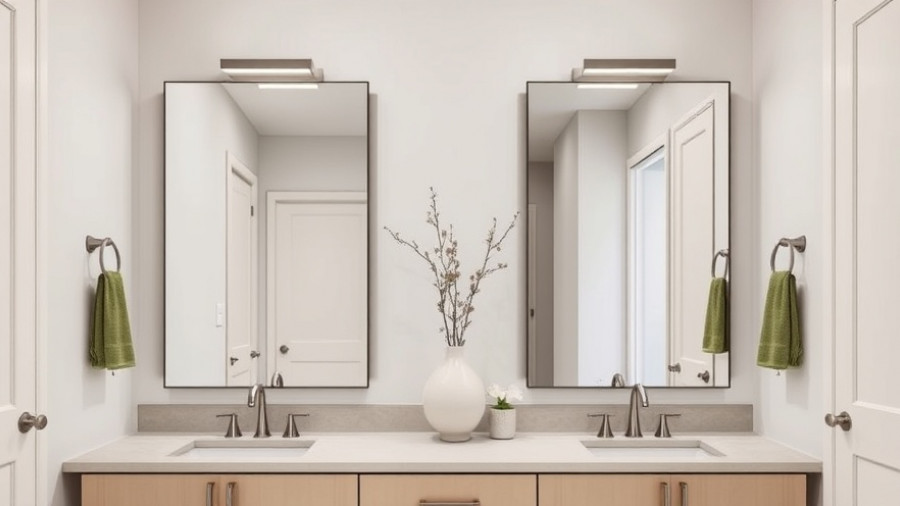
Understanding Kitchen Cabinet Options: Framed vs. Frameless
When embarking on a kitchen renovation, choosing the right cabinetry is crucial for both aesthetics and functionality. Two primary styles dominate the market: framed and frameless cabinets. Each has its unique advantages and considerations, catering to different design preferences and needs of homeowners.
The Anatomy of Framed Cabinets
Framed cabinets serve as the traditional choice for kitchens, characterized by their rectangular face frame made from sturdy materials like plywood or hardwood. This structural element provides not only aesthetic appeal but also essential support for doors and drawers, ensuring they remain aligned and functional over time.
One of the key benefits of framed cabinets is their versatility. They can accommodate various overlay styles—full, partial, or inset. This allows for a broad range of design options, from rustic to modern looks, making them a favored option among homeowners aiming for a classic kitchen style. The robust nature of framed cabinetry often means they can tolerate heavier loads, such as granite or quartz countertops.
Frameless Cabinets: The Modern Alternative
Unlike their framed counterparts, frameless cabinets present a sleeker, more minimalist profile. By omitting the face frame, these cabinets provide maximum interior space, making them ideal for compact kitchens where every inch counts. This European design style offers full access to the cabinet's interior, allowing for more efficient organization and use of space.
While frameless cabinets excel in providing a contemporary aesthetic and increased storage, they can be less forgiving regarding stability when heavy items are included. The hinges are mounted directly onto the cabinet box, which can compromise durability if not managed correctly. Nonetheless, their modern look has gained popularity among those seeking a more streamlined kitchen environment.
Comparing Costs and Customization
In terms of cost, framed cabinets typically come in at a lower price point than frameless options. Homeowners may find that framed cabinetry often includes more customization possibilities, allowing them to adapt styles and finishes to better match their vision. In contrast, although frameless cabinets can be more expensive, they typically feature modern materials and innovative designs that appeal to a wide audience.
Deciding What’s Right for Your Kitchen
Ultimately, the choice between framed and frameless cabinets comes down to personal taste, kitchen layout, and how you intend to use your space. For those leaning towards a classic look with solid structural integrity, framed cabinets may be more suitable. In contrast, if a sleek design and maximizing storage space are priorities, frameless cabinets should be strongly considered.
No matter which style you choose, make sure to assess your kitchen requirements, budget, and design preferences to make a well-informed decision that will enhance the functionality and aesthetics of your space.
 Add Row
Add Row  Add
Add 




Write A Comment